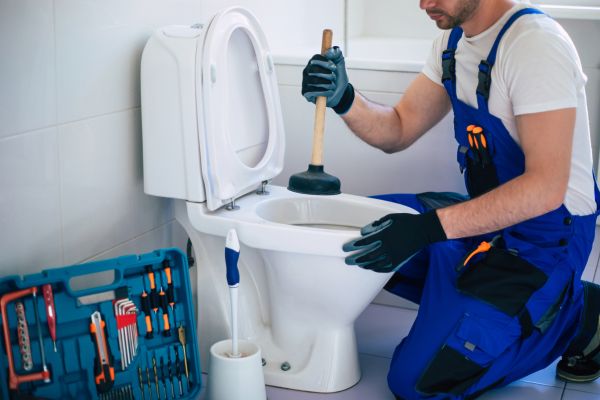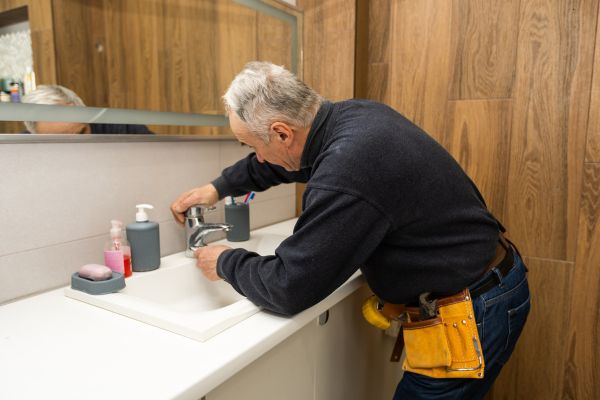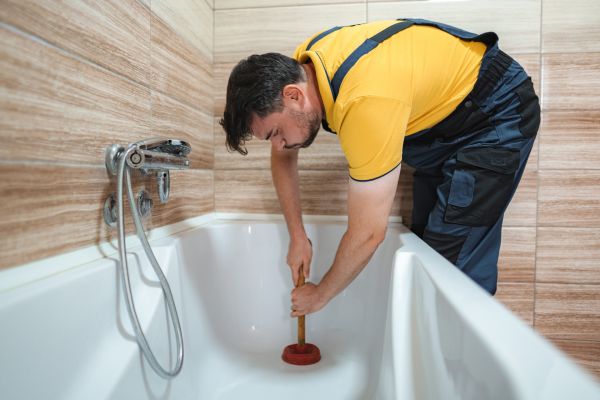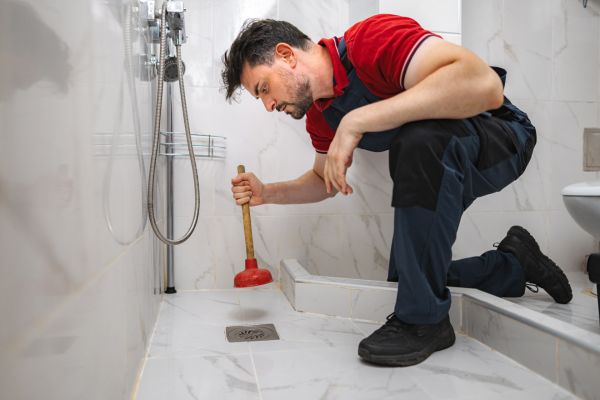Let’s be real—nothing throws off your day like a misbehaving toilet. One minute you’re going about your business, the next you’re staring at a toilet bowl that just won’t stop running, a mysterious leak creeping across the floor, or worse… a flush that goes nowhere. If you’re here searching for toilet repair tips, chances are you’re either in panic mode or tired of calling a plumber every time something goes wrong. Good news—you’re in the right place.
This guide is packed with practical, no-nonsense toilet repair tips that’ll save you time, money, and maybe even a bit of sanity. And nope, you don’t need to be a master plumber. Just a little patience, a few household tools, and the willingness to get your hands slightly dirty. Ready? Let’s dive in.
Understand What’s Really Going On With Your Toilet
First off, let’s clear something up: toilets aren’t as complicated as they look. Most of the time, issues boil down to a handful of common problems—leaks, running water, weak flushes, or clogs. Learning to recognize what you’re dealing with is half the battle.
That constant sound of running water? Yeah, that’s probably your flapper not sealing right. Water leaking onto the bathroom floor? Could be the wax ring or a crack in the tank. Knowing the symptoms helps you zero in on the fix fast, without playing guessing games.
That Annoying Running Toilet? Let’s Fix It
We’ve all heard it—the never-ending trickle that keeps going long after you’ve flushed. Super annoying, right? And worse, it hikes up your water bill.
Here’s the thing: most of the time, this is just a flapper issue. The flapper is that rubber piece inside the tank that lifts when you flush. Over time, it can wear out or get misaligned. Pop the tank lid off, flush once, and watch how it behaves. If it doesn’t seal properly after the flush, there’s your culprit.
Replacing it is simple. Head to your local hardware store, grab a universal flapper, and follow the instructions on the packet. It’s basically just unhooking the old one and popping the new one in place. Boom. Problem solved.
Dealing With Weak or No Flush? Here’s the Scoop
A weak flush is more than just annoying—it’s inefficient. You end up flushing multiple times, which wastes water and time.
One of the most overlooked toilet repair tips is checking the water level in the tank. If it’s too low, the flush won’t be strong enough to do its job. Open the tank and check if the water line is sitting about an inch below the overflow tube. If it’s lower, adjust the float or fill valve so the tank fills a bit more after each flush.
Another sneaky cause? Mineral buildup under the rim of the toilet bowl. Yep, those tiny jet holes that shoot water down when you flush can get clogged. A stiff brush and a bit of vinegar can help clean them out. You’d be surprised how much of a difference that makes.
The Infamous Toilet Clog (And How to Beat It)
Now let’s talk about the most dreaded of all toilet issues—the clog. Whether it’s a slow-draining flush or a full-on “uh-oh” situation, clogs are the worst.
First things first—don’t panic and definitely don’t keep flushing. That’s a recipe for an overflow disaster. Your best friend here is a good ol’ plunger. Make sure you’re using a flange-style plunger (not the sink kind). Get a solid seal around the drain and give it a few firm pumps. Usually, that’ll clear it up.
Still no luck? The next step is a toilet auger—kind of like a mini plumbing snake. It reaches deeper into the toilet trap to dislodge stubborn blockages. Not the most glamorous job, but highly effective.
Is Your Toilet Leaking? Check These Spots
Leaky toilets can sneak up on you. Maybe it’s a puddle on the floor. Or a random drip you catch out of the corner of your eye. The key is to figure out where the leak is coming from.
If it’s at the base of the toilet, the wax ring that seals the toilet to the floor might be failing. This one’s a bit more involved—you’ll need to disconnect and lift the toilet to replace it. Doable, but if you’re not up for the challenge, this might be the one time you call in a pro.
If water is dripping from the tank, inspect the tank bolts and washers underneath. Sometimes tightening them is enough. Other times, you’ll need to replace the washers or even the tank-to-bowl gasket.
And hey, if you notice water constantly running into the bowl, it’s probably not a leak—it’s the flapper again, doing its thing (or not doing its thing, in this case).
Preventative Toilet Repair Tips You Should Actually Use
Look, nobody wants to repair their toilet. So let’s talk prevention. The best toilet repair tips are the ones that keep you from needing a repair in the first place.
Don’t flush anything other than toilet paper. Seriously. No wipes, no feminine products, no “flushable” anything. Your pipes will thank you.
Every few months, take a peek inside the tank. Look for mineral buildup, corrosion, or parts that seem worn out. These small inspections can catch issues before they turn into bigger problems.
And if you live in an area with hard water? Consider tossing a vinegar-filled bowl or tank cleaner in there once in a while. Keeps things flowing, quite literally.
When to Call a Plumber (No Shame in It)
Alright, let’s be honest—not every toilet problem is a DIY job. If you’ve tried everything and still can’t stop a leak, fix the flush, or unclog the drain, it might be time to call in the pros.
And that’s totally okay. Plumbing is one of those things where it’s better to fix it right the first time than to make it worse and pay more later. So if you’re out of ideas, or if the repair involves digging into the floor or wall, pick up the phone.
Wrapping It Up
So, there you have it—some of the most practical, straightforward toilet repair tips you can actually use. Whether it’s a running tank, a stubborn clog, or a mysterious leak, knowing what to look for (and how to fix it) gives you back some control. And hey, even if you still need to call a plumber now and then, you’ll do it with a whole lot more confidence.
Next time your toilet acts up, remember: it’s just another little puzzle to solve. You’ve got the tools, the know-how, and now—the inside scoop. Happy fixing!



